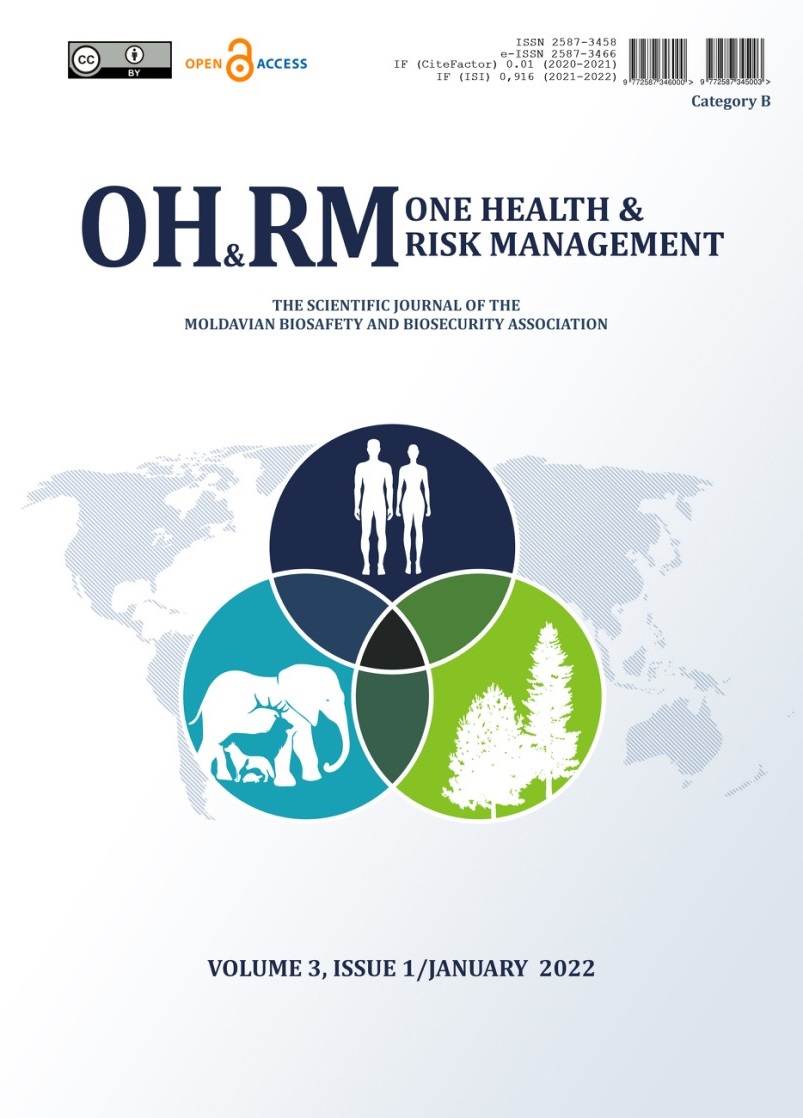Abstract
Introduction. To stop SARS-CoV-2 from spreading, it's crucial to have a solid understanding of the baseline characteristics of demographic variables, clinical symptoms, and comorbidity so that quarantining and testing protocols can be developed.
Material and methods. A retrospective study was conducted on COVID-19 Laboratory confirmed cases. Data were collected by using kobo toolbox, demographic variables, clinical symptoms, and Comorbidity was considered. Yates-corrected chi2 tests and Multinomial Logistic Regression was used to estimate the odds ratio (OR) and 95% confidence interval (CI) of factors and their impact on COVID-19 prevalence.
Results. A total of 6302 of which 3536(56.1%) men and 2766 (44%) women with a mean age (±SD) of 44±17.6 years were included within the study. Clinical symptoms and Comorbidity were significant for both sexes p<0.0001. Multinomial Logistic Regression confirmed that age <55, 3 or more symptoms (OR=1.130 CI95% 1.013-1.261) and 3 or more comorbidities (OR=1.035 Cl95% 0.942-1.137) were a significant risk factor for COVID-19 prevalence in male patients, among women, age 85>/=, 3 or more symptoms (p<0.0001, OR=1.995 CI95% 1.335-2.992) and 3 or more comorbidities (p<0.0001, OR=1.538 Cl95% 1.045-2.640) were significant risk factor for COVID-19 prevalence in females.
Conclusions. Our study suggests that the prevalence of COVID-19 patients and symptoms was higher in men than women. The high prevalence of smoking could have contributed to the high prevalence of COVID-19 among men. Study also suggests that the presence of at least one or combined comorbidities are risk factors of COVID-19 prevalence and a potential risk factor COVID-19 - related outcomes. More efforts should be exercised to protect patients with one or more comorbidities from being exposed to infection.
|
 Views: 642|
|
Views: 642|
|
This work is licensed under a Creative Commons Attribution 4.0 International License.

